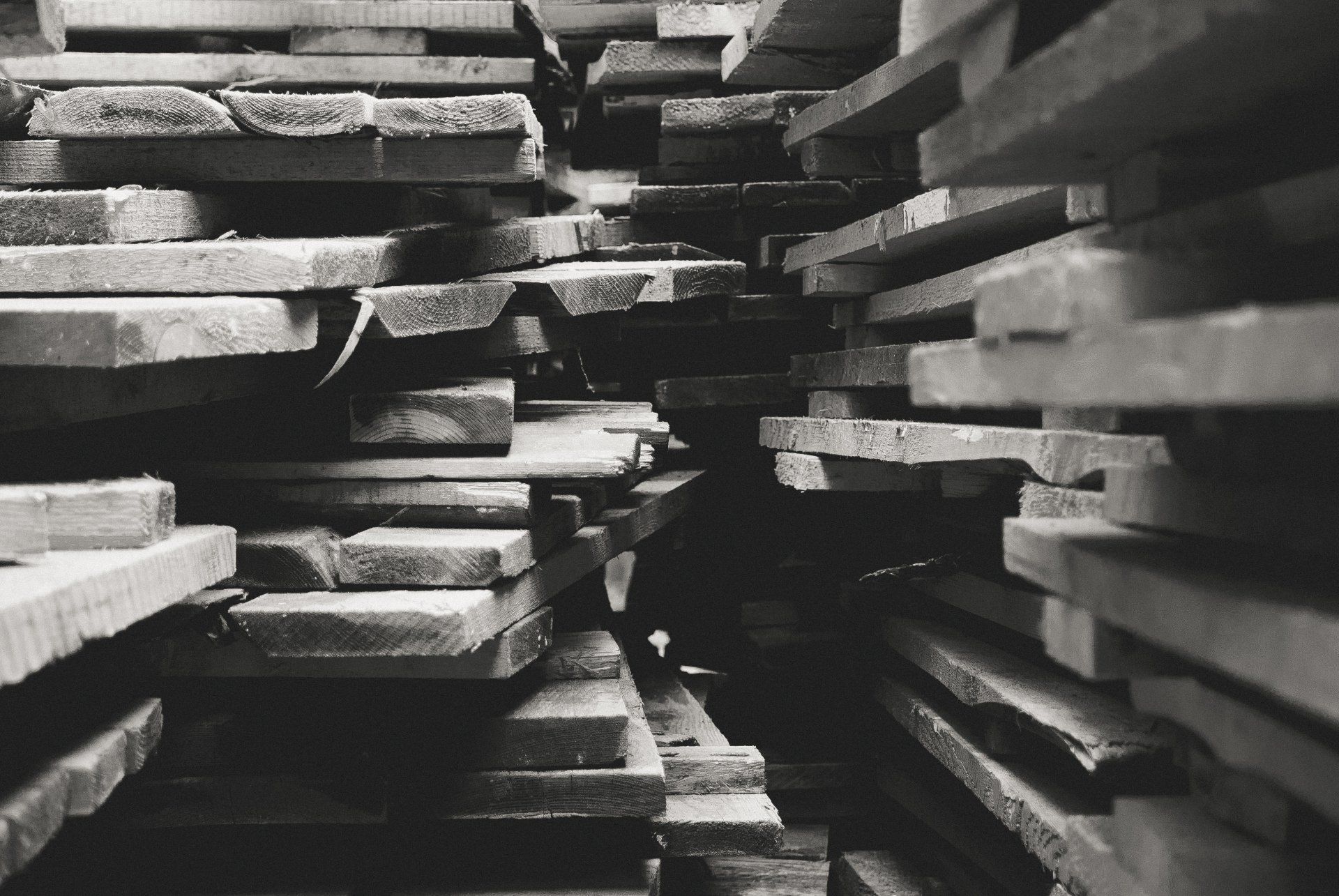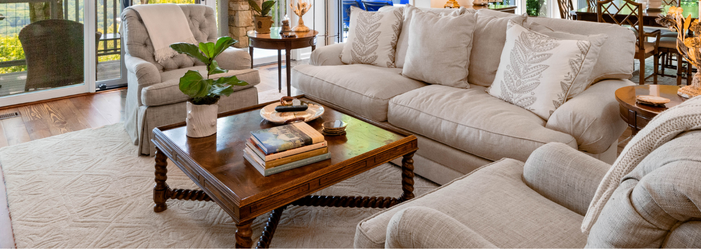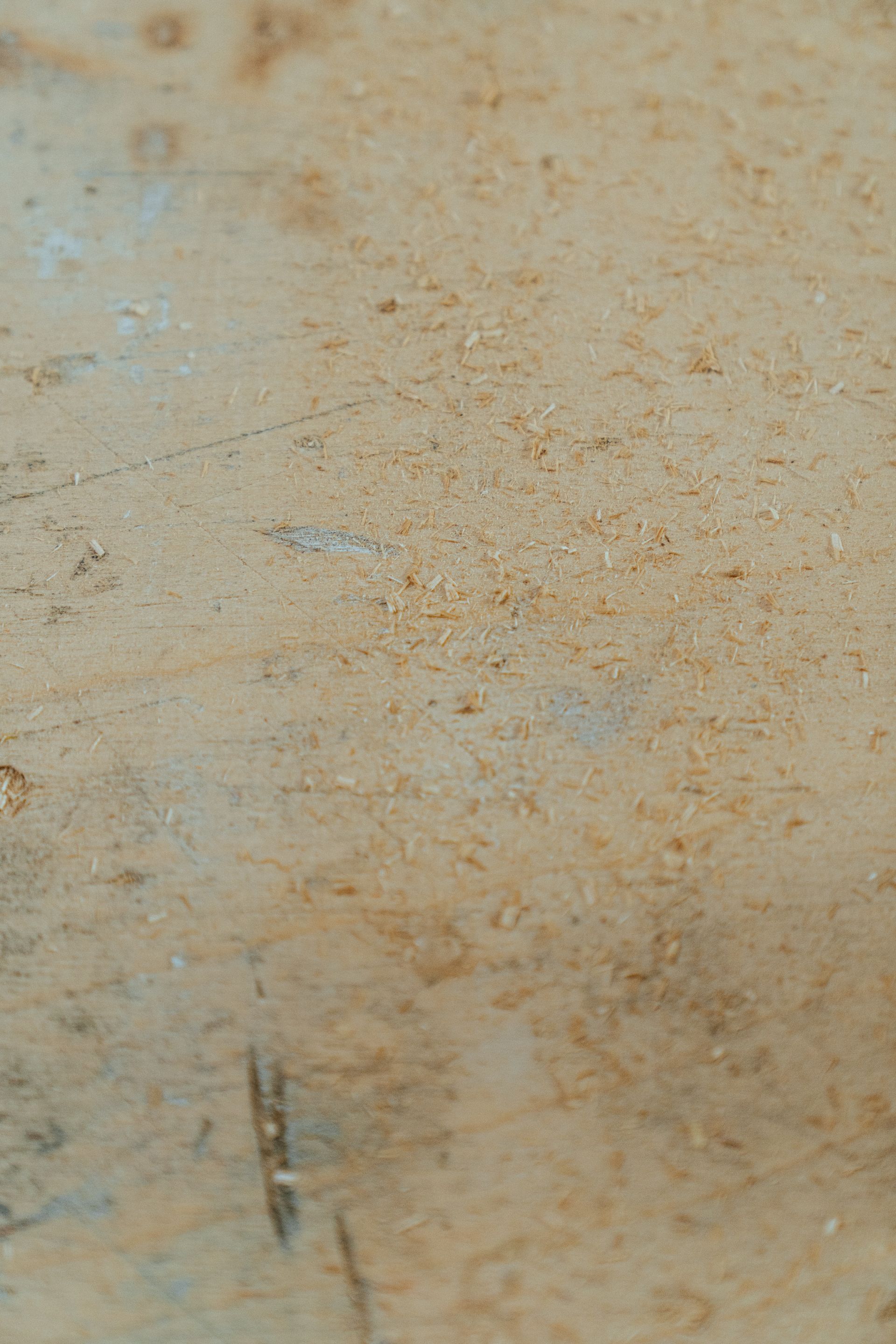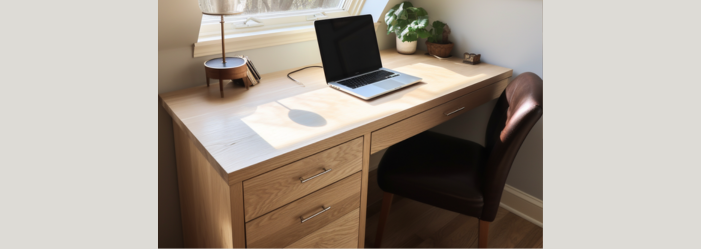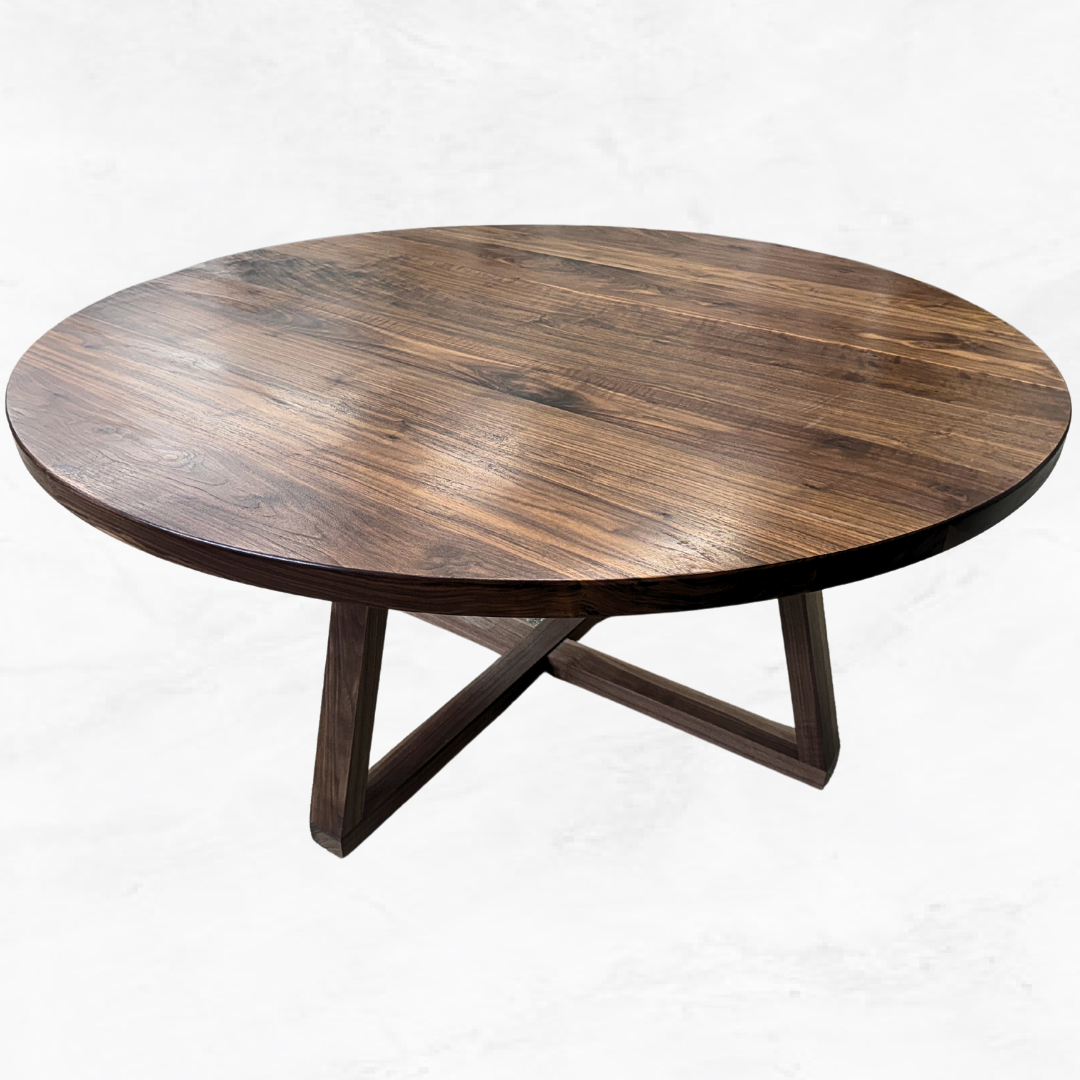Custom Wood Tables: The Role of Joinery in Strength and Aesthetics
Understanding the Craftsmanship That Ensures Beauty and Durability
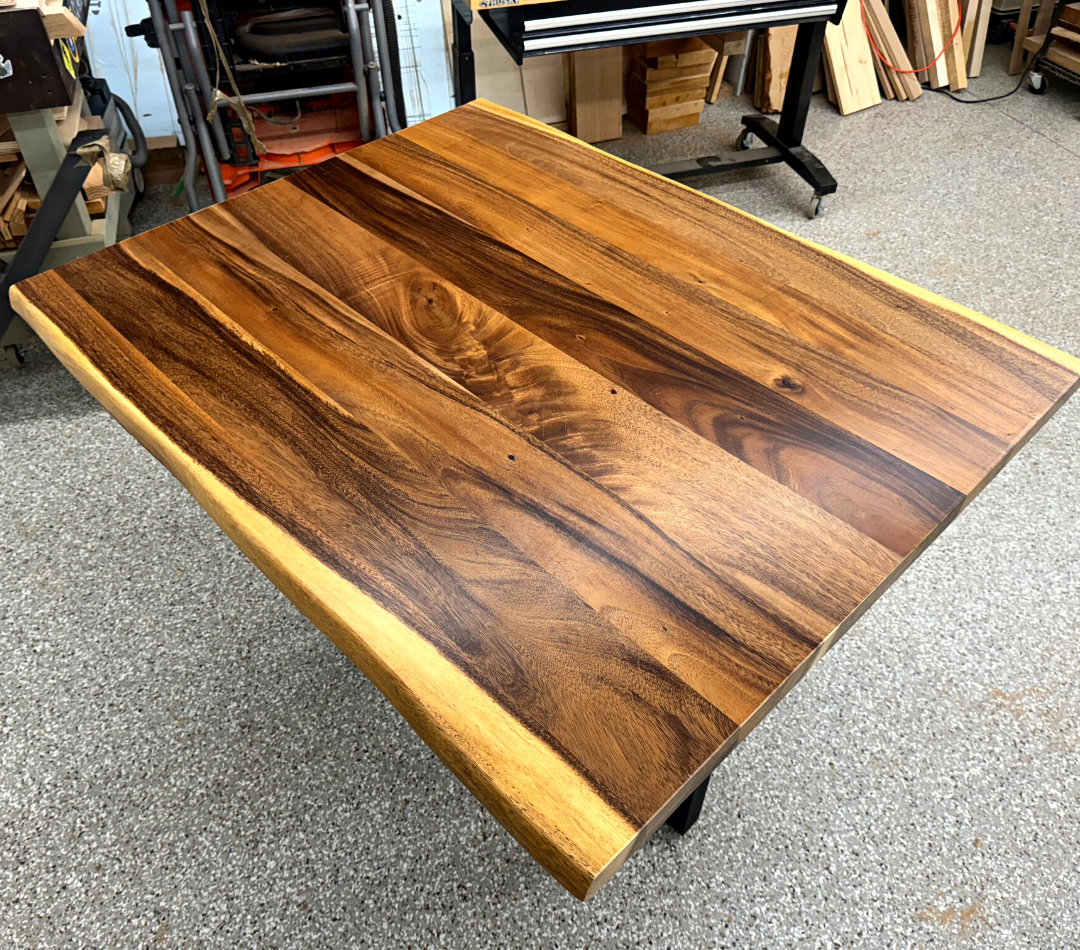
When it comes to custom wood tables, joinery is the backbone of both strength and aesthetics. It's the invisible force that holds the table together while adding a touch of craftsmanship that can't be replicated by mass-produced furniture. In Nashville and Middle Tennessee, artisans like those at Cut Twice Woodworks take pride in using traditional and innovative joinery techniques to create bespoke hardwood tables that are not only beautiful but built to last. Let’s explore the critical role of joinery in the construction of custom wood tables.
The Fundamentals of Joinery
Joinery is the method by which pieces of wood are connected. This ancient craft has evolved over centuries, with woodworkers developing techniques that provide both strength and visual appeal.
1. Mortise and Tenon Joints
One of the oldest and most reliable joinery methods, the mortise and tenon joint involves fitting a protruding tenon into a corresponding mortise hole. This joint is incredibly strong and is often used in the construction of table legs and aprons.
2. Dovetail Joints
Known for their distinctive interlocking shape, dovetail joints are not only strong but also visually striking. They are commonly used in drawers and carcass construction, adding a decorative element to the table.
3. Dowel Joints
Dowel joints involve inserting wooden dowels into corresponding holes in the adjoining pieces of wood. This method is quick and effective, providing a strong bond that is often reinforced with glue.
4. Biscuit Joints
Biscuit joinery uses oval-shaped wooden biscuits that fit into slots cut into the wood. When glued, the biscuits swell and lock the pieces together. This method is particularly useful for aligning edges.
5. Pocket Hole Joints
Pocket hole joinery involves drilling angled holes into one piece of wood and connecting it to another with screws. This method is quick and easy, often used for attaching table tops to aprons.
The Aesthetic Impact of Joinery
While the primary purpose of joinery is to create strong connections, it also significantly impacts the table's aesthetics. Skilled woodworkers use joinery techniques to enhance the visual appeal of custom wood tables.
1. Visible Joints
Visible joints, such as dovetails and exposed tenons, add a touch of craftsmanship and character to the table. They showcase the skill of the woodworker and add a decorative element to the design.
2. Invisible Strength
Even when the joints are not visible, they play a crucial role in the table's overall design. Hidden joinery methods, such as dowels and biscuits, provide seamless connections that allow the wood's natural beauty to take center stage.
3. Contrasting Woods
Using contrasting woods in joinery can create a striking visual effect. For example, a walnut tenon in a maple table adds a pop of color and highlights the craftsmanship involved in the construction.
4. Custom Designs
Custom joinery allows for unique and personalized designs. Whether it’s a live edge table with a butterfly joint or a sleek modern table with concealed fasteners, the possibilities are endless.
The Strength of Joinery: Ensuring Durability
The strength of joinery is critical for ensuring that custom wood tables can withstand the test of time. Properly executed joints provide structural integrity and durability.
1. Load-Bearing Capacity
Joinery techniques like mortise and tenon are designed to bear significant weight, making them ideal for supporting heavy table tops. This ensures that the table remains stable and sturdy, even with daily use.
2. Resistance to Movement
Wood naturally expands and contracts with changes in humidity and temperature. Proper joinery techniques accommodate this movement, preventing joints from loosening or breaking over time.
3. Longevity
Well-crafted joinery extends the life of a table. A custom wood table with expertly executed joints can last for generations, becoming a cherished heirloom passed down through families.
4. Repairability
High-quality joinery also makes repairs easier. If a joint becomes damaged, a skilled woodworker can often repair it without compromising the table’s overall integrity.
The Craftsmanship Process at Cut Twice Woodworks
At Cut Twice Woodworks, we understand the importance of joinery in creating custom wood tables that are both beautiful and durable. Our process involves meticulous attention to detail and a commitment to excellence.
1. Client Collaboration
The journey begins with collaboration. We work closely with clients to understand their vision and preferences, ensuring that the final design meets their needs and expectations.
2. Material Selection
Selecting the right hardwood is crucial. We source high-quality wood that is properly dried and free from defects, ensuring a strong and stable foundation for our joinery.
3. Precision Cutting
Precision is key in joinery. We use state-of-the-art tools and techniques to cut joints with exacting accuracy, ensuring a perfect fit and strong connection.
4. Expert Assembly
Assembling the table is a delicate process. Each joint is carefully glued and clamped, allowing the wood to bond securely. We take the time to ensure that every piece is perfectly aligned and connected.
5. Finishing Touches
The final step is finishing. We apply our signature Clean Armor finish, a UV curable polymer coating that is VOC and HAP free. This finish provides a water-clear appearance that won’t yellow or lose gloss over time, enhancing the wood’s natural beauty and providing unmatched protection.
Maintenance Tips for Long-Lasting Beauty
Maintaining the beauty and strength of your custom wood table involves regular care and attention. Here are some tips to keep your table looking its best:
1. Clean Regularly
Dust and clean your table regularly with a soft, damp cloth. Avoid using harsh chemicals or abrasive cleaners that can damage the finish.
2. Protect from Heat and Moisture
Use coasters, placemats, and trivets to protect your table from heat and moisture. This prevents warping, staining, and damage to the finish.
3. Maintain Humidity Levels
Keep your home’s humidity levels consistent to prevent the wood from expanding or contracting excessively. Use a humidifier or dehumidifier if necessary.
4. Address Spills Promptly
Wipe up spills immediately to prevent staining and damage to the finish. Use a soft cloth and mild soap if needed.
5. Periodic Refinishing
Over time, your table may benefit from periodic refinishing to restore its beauty and protection. Consult a professional woodworker to determine the best approach for your table.
Conclusion
The role of joinery in custom wood tables is fundamental to their strength, durability, and aesthetics. At Cut Twice Woodworks, we take pride in using time-honored joinery techniques to create bespoke hardwood tables that are both functional and beautiful. By understanding and appreciating the craftsmanship involved, you can enjoy a custom wood table that will last for generations. Explore the artistry and precision of joinery, and see how it transforms rough lumber into stunning, heirloom-quality furniture. Visit our workshop in Nashville and Middle Tennessee, and discover the difference that expert craftsmanship can make.

